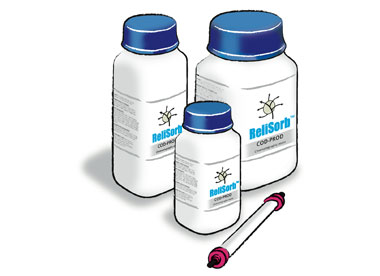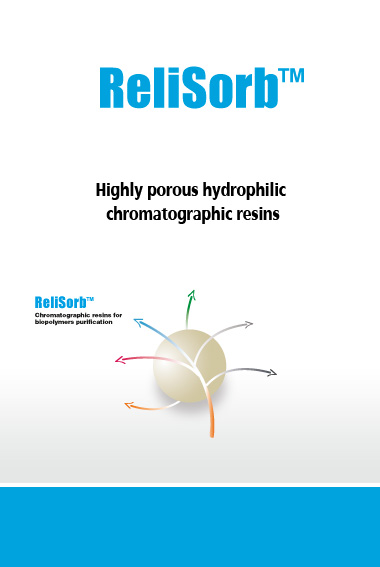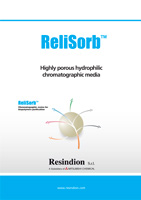
Ion Exchange resins
Ion exchange chromatography is the most common method applied for the separation and the purification of biomolecules. The electrostatic interaction between a charged solute and a counter charge covalently bounded onto the resin is the base of this method of purification.

The use of a weak ion exchanger is determined by the ionization degree at the pH value at which the bio-molecule has a net charge. On the contrary, strong ion exchangers, being completely ionized, can be used over a wide range of pH. In theory a weak cation exchanger should be used above pH 5.0-5.5, while a weak anion one at pH below 8.0-8.5. A raw solution with low conducibility is preferably loaded on a buffered resin, while a low molarity buffer with salt gradient or pH change is used for the elution.
Exchanger |
Exchanger |
Exchanger |
Exchanger |
|---|---|---|---|
| Funcional group -SO3Na |
Funcional group -COOH |
Funcional group -N+R3Cl-, R = CH3 |
Funcional group -NR2, R = CH2CH3 |
 |
 |
 |
 |



